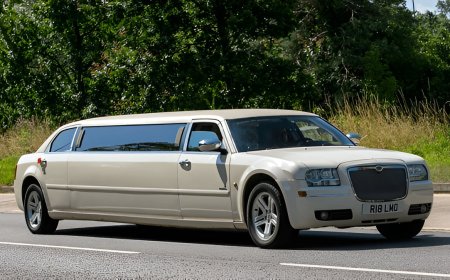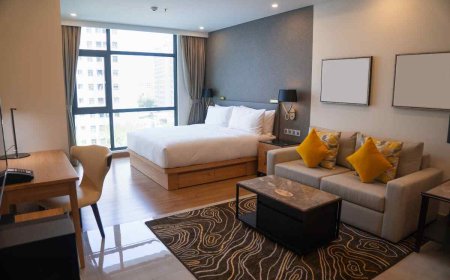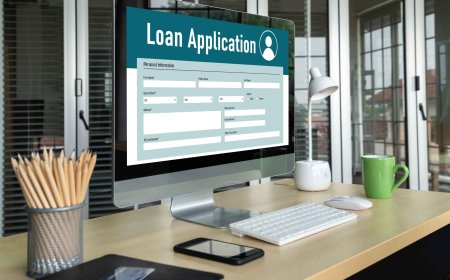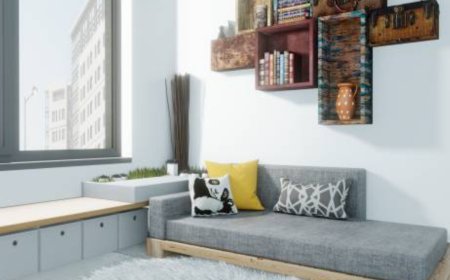Importance of a Thoughtfully Designed Office Table

Office table design plays a vital role in shaping a productive and inspiring workspace. With the modern work environment rapidly evolvingembracing open concepts, remote work flexibility, and hybrid setupsthe office table has become more than just a surface to work on. It is a central element that influences an individuals efficiency, comfort, and overall work satisfaction. As businesses strive to create ergonomic and aesthetically pleasing office environments, choosing the right office table design becomes a key part of workplace planning. Whether its for a home office or a corporate setup, the table should align with the users workflow, offer ample space, and be compatible with digital tools.
The psychological impact of a well-designed workspace should not be underestimated. Studies have shown that physical surroundings can affect motivation and focus. A thoughtfully designed office table contributes significantly to a stress-free, organized, and visually pleasant atmosphere. Hence, integrating both function and aesthetics into the table design becomes essential for fostering a high-performance work culture.
Popular Office Table Design Trends in Modern Workspaces
Office table design trends have shifted significantly over the past few years. Gone are the days when bulky wooden desks were the only choice. Todays workspaces demand flexible, sleek, and tech-friendly designs that accommodate the dynamic nature of modern jobs. One of the most notable trends is the rise of minimalist office tables that emphasize clean lines and clutter-free surfaces. These designs not only look modern but also encourage better organization and focus.
Height-adjustable office tables are also gaining popularity as part of the health-conscious movement in workplaces. These sit-stand desks allow users to switch between sitting and standing throughout the day, promoting better posture and reducing fatigue. In terms of materials, sustainable options such as bamboo, recycled wood, and metal frames with low-VOC finishes are being widely adopted to align with eco-friendly workplace practices.
Another significant trend is the incorporation of built-in cable management systems. Modern office table designs feature channels, trays, and discreet compartments to hide cables and cords, keeping the workspace tidy and free of distractions. Some premium designs even include integrated power outlets and USB ports, facilitating smooth connectivity for multiple devices. These tech-savvy elements reflect how office table design continues to evolve in response to digital needs.
Ergonomics and Office Table Design: Ensuring Health and Comfort
A major component of office table design is ergonomicsthe science of fitting the workplace to the users needs. Poor ergonomics can lead to musculoskeletal problems, fatigue, and decreased productivity. Therefore, the right office table should support proper posture, eye level, arm positioning, and movement. Factors such as table height, depth, and legroom are crucial when designing or selecting an office table.
Ideally, an office table should be at a height where the user can place their feet flat on the floor, elbows at a 90-degree angle, and wrists straight while typing. Adjustable chairs complement this by allowing users to customize their seating to align with the desk. An ergonomic office table design also includes a spacious surface that allows easy access to frequently used items without stretching or straining.
Moreover, corner desks and L-shaped designs are often recommended for multitaskers who require more surface area and want to optimize room layout. These designs support multiple monitors, document trays, and work zones, making them suitable for intensive tasks like design, writing, or research. Choosing an office table that supports natural movement and comfort not only boosts work efficiency but also reduces the risk of chronic discomfort and injury.
Customization Options for Personalized Workspaces
Customization is becoming increasingly important in office table design. With varying workstyles and spatial constraints, off-the-shelf solutions may not always be ideal. Customized office tables allow users to select dimensions, materials, storage options, and configurations that suit their exact needs. For instance, a graphic designer may prefer a wide, flat table with storage for tools, while a remote worker might need a compact design with integrated lighting and laptop stands.
Modular office table systems offer an excellent level of flexibility. These systems are composed of interchangeable components that can be rearranged to suit changing needs or team sizes. Businesses benefit from these modular setups as they enable reconfiguration without buying new furniture, making them a sustainable and cost-effective choice.
Color and finish customization also impact the overall mood of a workspace. Light-toned woods or white laminate finishes create a bright and energetic vibe, while darker tones evoke sophistication and formality. Some tables even feature writable surfaces that can double as whiteboards, encouraging collaboration and creativity in team environments. Personalized office table design is not just about aesthetics; it directly influences productivity, motivation, and user satisfaction.
Choosing the Right Office Table Design for Different Roles
The nature of one's job should influence the office table design chosen. For example, executive desks are typically larger and more imposing, often paired with elegant wood finishes and built-in storage. These designs convey authority and professionalism, suitable for senior roles that involve meetings and decision-making.
On the other hand, collaborative roles such as marketing, product development, or customer support may require shared desks or benching systems. These open-plan office table designs support teamwork, communication, and fluid exchange of ideas. Shared worktables with low or no partitions help create an open environment while maintaining sufficient personal space.
For remote or hybrid employees, compact and mobile desk designs work best. Foldable tables, wall-mounted desks, or convertible furniture that integrates with home decor are practical solutions for limited spaces. These designs ensure that even a small corner of a room can be turned into a fully functional workspace. The right office table design ultimately depends on the balance between professional demands and spatial efficiency.
Sustainability and Material Innovation in Office Table Design
As environmental consciousness grows, sustainability has become a driving factor in office table design. Manufacturers are increasingly adopting eco-friendly materials and production methods. Bamboo, reclaimed wood, metal alloys with recycled content, and low-emission laminates are some of the sustainable choices gaining traction. These materials reduce the environmental impact while offering durability and visual appeal.
Innovations in material technology are also pushing the boundaries of design. Scratch-resistant, antibacterial laminates and moisture-proof surfaces are being used to increase longevity and hygiene in high-use environments. Lightweight composites enable the creation of foldable and movable desks without compromising on strength.
Sustainable practices also include modularity and reusability. Tables designed with replaceable components reduce waste and extend product life. Moreover, some companies offer take-back or refurbishment programs to recycle used furniture, minimizing landfill contribution. Incorporating sustainability into office table design is no longer optionalit is becoming an industry standard.
Conclusion
Office table design has a profound influence on productivity, wellness, and workplace aesthetics. With changing work dynamics, there is a growing emphasis on flexible, ergonomic, and sustainable designs that cater to diverse professional needs. From minimalist setups to tech-integrated desks, choosing the right office table can transform how efficiently and comfortably people work. Personalization, material innovation, and space optimization are key trends that will continue to shape the future of workspace design. When planning a new office or upgrading your existing setup, investing in a thoughtfully crafted office table is an essential step toward creating a more efficient and engaging environment. For a complete range of solutions that match both form and function, Office furniture offers a curated selection of designs that suit every workspace.








































